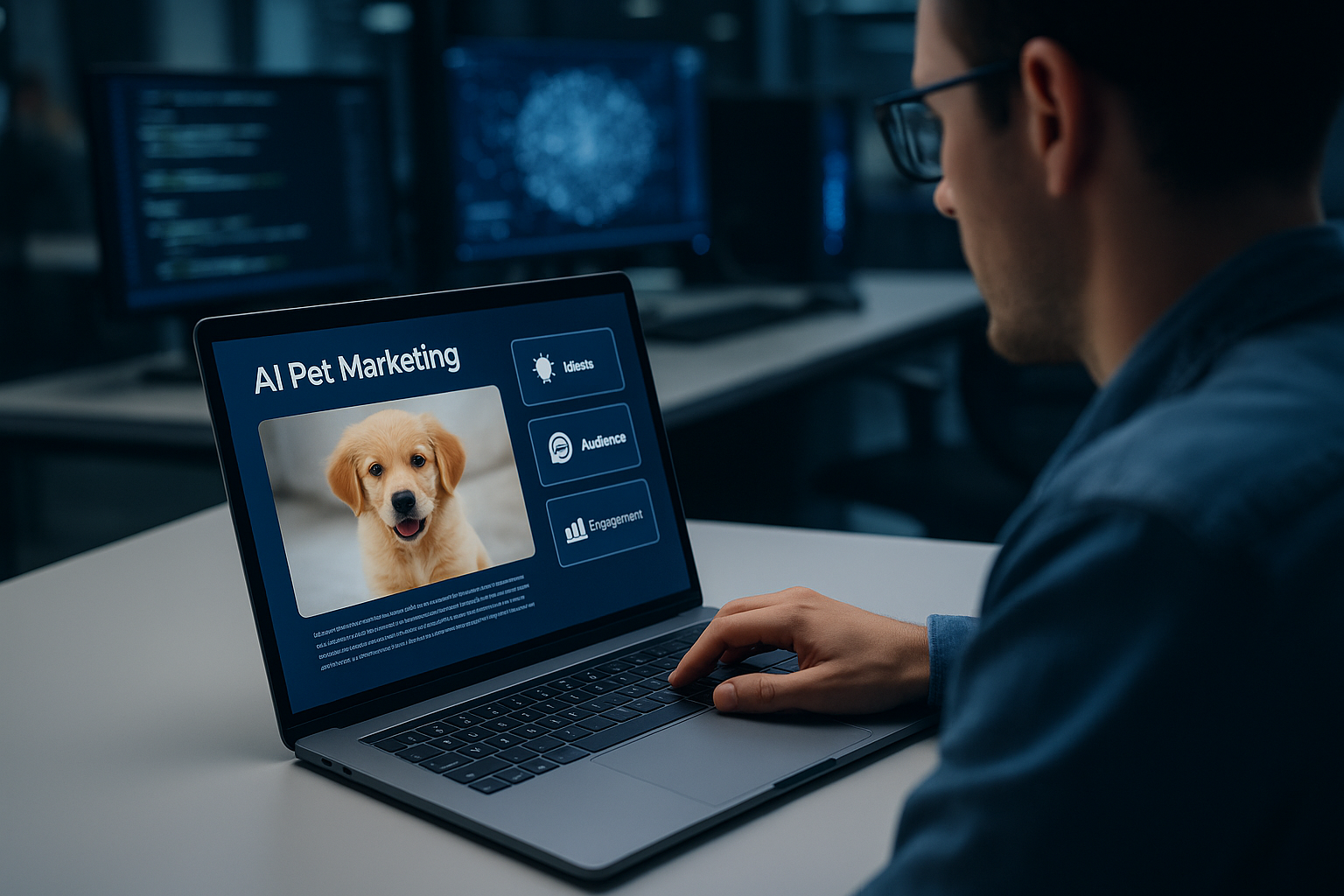Artificial intelligence (AI) is transforming marketing strategies across various sectors, including the pet industry. By providing insights and enhancing consumer engagement, AI tools are amplifying both creativity and efficiency in campaign management. However, the success of these technologies hinges on their thoughtful application, particularly in a realm where authenticity and emotional connections are paramount. Pet brands can leverage AI to connect with audiences effectively while preserving trust and credibility.
Unlocking Creative Insights
One of the standout applications of AI in pet marketing is its ability to unveil new creative avenues. Through advanced algorithms, AI can analyze extensive datasets from social media, search trends, and consumer feedback to identify patterns that may otherwise go unnoticed. For instance, AI can reveal which pet-related topics resonate with specific demographic segments, allowing marketers to tailor their messaging, visuals, and content strategies accordingly. This ensures that campaigns align with consumer interests and reflect brand values, enhancing relatability and engagement.
Exploring Untapped Messaging Opportunities
AI also empowers marketers to venture into messaging territories that may have previously been ignored. Utilizing natural language processing and sentiment analysis, brands can gain insights into consumer discussions about pets, pinpointing emotional touchpoints and emerging trends. Such intelligence allows marketing teams to experiment with new narratives while remaining true to their brand identity. However, human creativity remains essential; AI-generated insights must be refined and evaluated to ensure authenticity and resonance with the target audience.
Streamlining Competitive Monitoring
Keeping abreast of the competitive landscape is critical for any marketing strategy. AI simplifies this task by continuously scanning digital channels, industry publications, and consumer forums for updates on competitors’ campaigns, product launches, and consumer sentiment. This real-time monitoring enables pet marketers to benchmark their initiatives, respond proactively to market dynamics, and identify gaps. While AI processes vast amounts of information rapidly, human interpretation is crucial for contextualizing findings and making strategic decisions regarding brand positioning and messaging.
See also IBM Warns Data Silos Slow AI Adoption; New Study Reveals Risks of Flawed Benchmarks
IBM Warns Data Silos Slow AI Adoption; New Study Reveals Risks of Flawed BenchmarksExpanding Consumer Reach
In today’s digital age, visibility is invaluable. AI assists pet brands in broadening their reach through enhanced search engine optimization, social media analytics, and predictive targeting. By leveraging AI-driven insights, marketers can refine content strategies to ensure that campaigns reach the right audiences at the optimal time. Nevertheless, it is vital that this wider reach is accompanied by authentic messaging that aligns with brand values. Consumers are quick to recognize inauthenticity, so it is crucial for marketers to evaluate and adjust AI-generated strategies to maintain trust and credibility.
Capturing Real-Time Trends
The pet industry is characterized by rapidly changing trends. AI-powered tools enable marketers to monitor these trends in real time, capturing insights from social media conversations, search behavior, and online communities. This capability allows marketing teams to react swiftly to trends, crafting campaigns that feel timely and relevant. By combining real-time data analysis with human judgment, brands can ensure their responses are not only timely but also ethically sound and aligned with audience expectations.
Ensuring Ethical and Authentic AI Use
Despite its vast potential, AI cannot replace the need for human strategy, intuition, and ethical oversight. Pet marketers must critically assess AI outputs for authenticity, biases, and alignment with brand values. Implementing AI-generated content without scrutiny can pose reputational risks and alienate consumers. Establishing rigorous internal review processes, leveraging diverse expertise, and conducting bias audits can help ensure that AI serves as a tool for enriched insight rather than a source of unfiltered content. Ethical AI usage bolsters consumer trust, reinforcing brand authority in a fiercely competitive market.
Integrating AI into the Marketing Strategy
Successful marketing in the pet industry demands a balance between technological innovation and human ingenuity. AI should be a key element within a broader communications strategy, complementing traditional methods of research, creative development, and audience engagement. By utilizing AI to accelerate insights, optimize campaigns, and identify emerging trends, marketers can enhance the effectiveness of their programs while ensuring that authenticity and strategic alignment are prioritized.
As artificial intelligence continues to reshape how pet brands navigate marketing, its most effective applications arise from a thoughtful integration of AI-driven insights with human creativity and ethical considerations. Brands that judiciously harness AI can amplify their messaging, forge meaningful connections with consumers, and remain agile in a fast-evolving industry landscape, ultimately securing trust and loyalty among pet owners.








































































